Since lockdown, dating and hookup apps have been forced to adapt to the inevitability of purely online dating during a global pandemic. And while people have lots of ‘free time’ (lockdown is not free time), it hasn’t been the boon you might expect.
There was a significant drop in spending on “premium services” for some of the big names. Tinder noticed first-time subscribers decline sequentially from February to March, before stabilizing again in April. Momo dating experienced a 3.5 percent drop in revenue in the first three months of 2020; and The Inner Circle “noticed less willingness to pay”, at least in heavily locked-down locations.
However, that doesn’t correlate to the amount of time users have been spending on the apps. If anything, dating app use has risen. For example, The Inner Circle found a 15 percent rise in the number of matches and 10 percent in the number of messages sent. Tinder reported that a somewhat ridiculous three billion swipes took place on Tinder on March 29, with 12 percent increase in daily conversations in the UK.
But with dating apps all jumping on the same corona-wagon of virtual dating – namely video in some form or another – what distinguishes one virtual dating arena from the next?
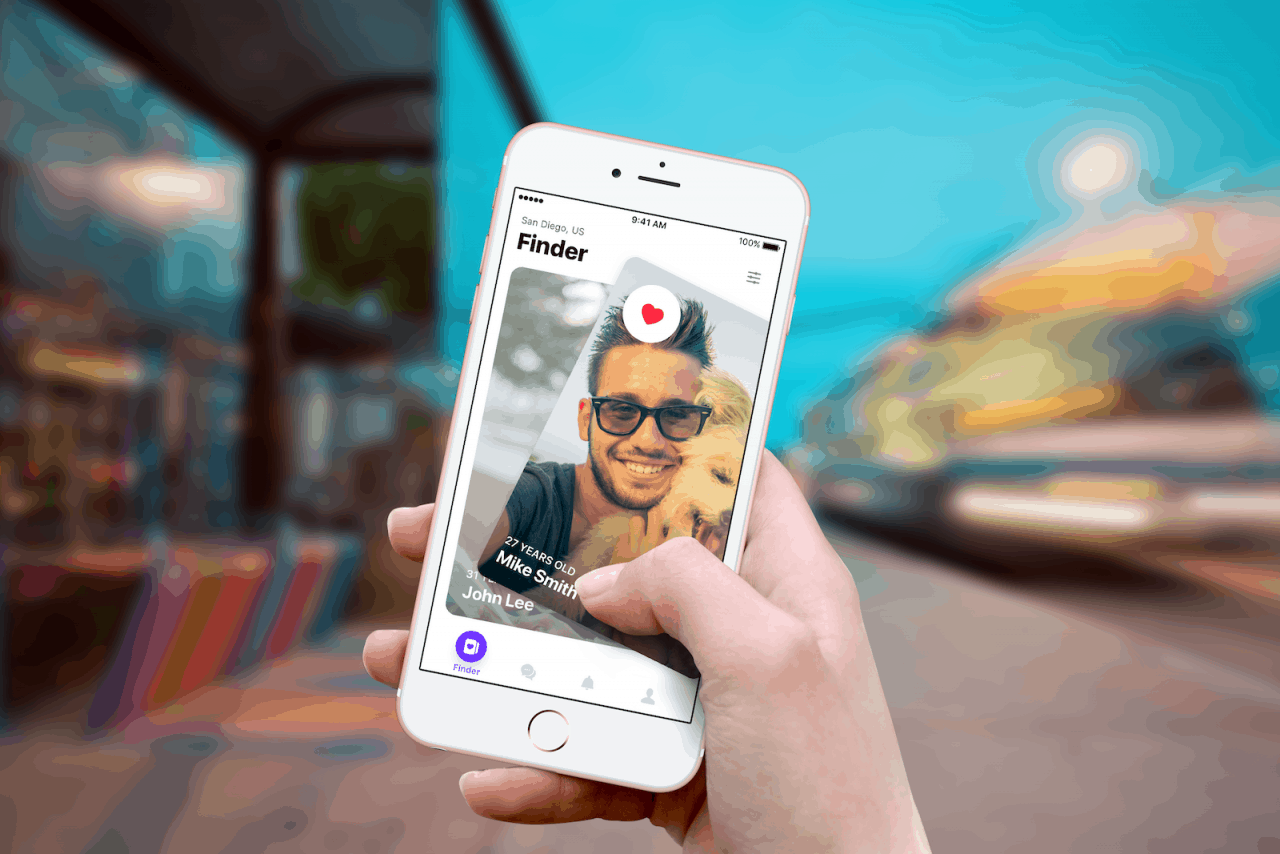
Video dating is the new norm
An internal survey by Match Group found that 70 percent of Hinge (one of its subsidiary companies) users are open to a phone or video date, while 94 percent of OkCupid users said they plan to continue dating virtually for the time being.
While Tinder plans to launch a video-option by the end of June; no plans to prevent cyber-flashing have been laid out yet, but female-led Bumble already launched a safe in-app video feature in June, 2019.
“Women get the option to call as soon as they match with someone — and this can count as their first move. Men get the option to call only after a first move has been made.”
Bumble
For Hinge users, a simple toggle feature called “Date From Home” notifies people when both parties are up for a video call – albeit, one that will need to take place outside of the app – was launched in early April.
When it comes to video dating, it may seem like less stress or anxious buildup than meeting someone in real life, but the reality is that it might be more difficult to read a person through a screen. Body language and touch are the most important signs to telling whether someone likes you or not.
Video chat is an intense one-on-one experience, without the sometimes needed distractions of music, or trips to the bathroom to evaluate how it’s all going, or to message a friend.
Just listen to the Guardian’s new podcast that lets you eavesdrop on blind Zoom dates (Part 1 / Part 2). There are technical difficulties. Jokes that need repeating. Oh, and plenty of awkward silences.
Not too far off a ‘real life’ date all too often, to be honest.
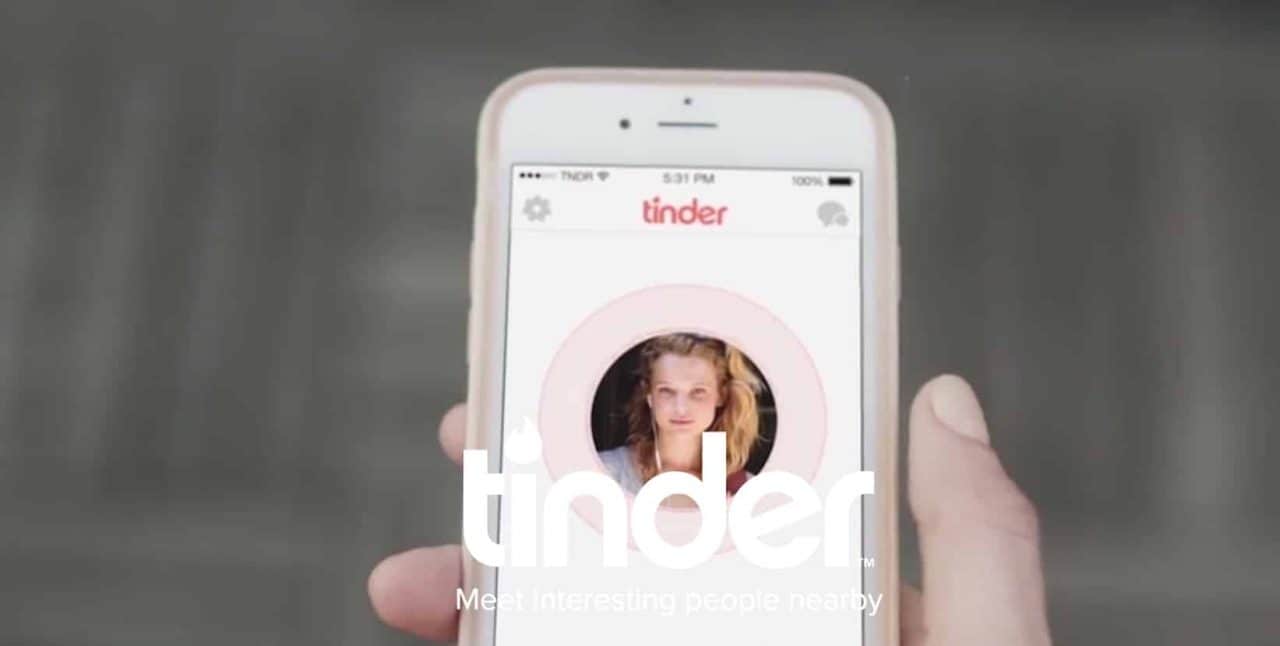
Local or long distance dating, does it even matter anymore?
In the first part of the Guardian’s blind Zoom dates, one person is in Scotland, the other in Nepal. Distance has traditionally been a key factor in dating, but does that even matter anymore?
Tinder rolled out a temporarily free version of its Passport feature, which lets you choose a city to match in, rather than using your current location. What once was useful for people traveling, now comes in handy when you’ve swiped through most people in your city. Virtual love knows no regional or national borders.
This unfettered approach, however, contrasts with safety-focused dating app Hily. Just launched in Japan, it has a ‘Compatibility Quiz’ that uses basic-AI to take into account looks, lifestyle, backgrounds, interests, and geography. Thus matching people on a more local basis. This is, presumably, being done for when lockdown eases and people can continue dating in real life.
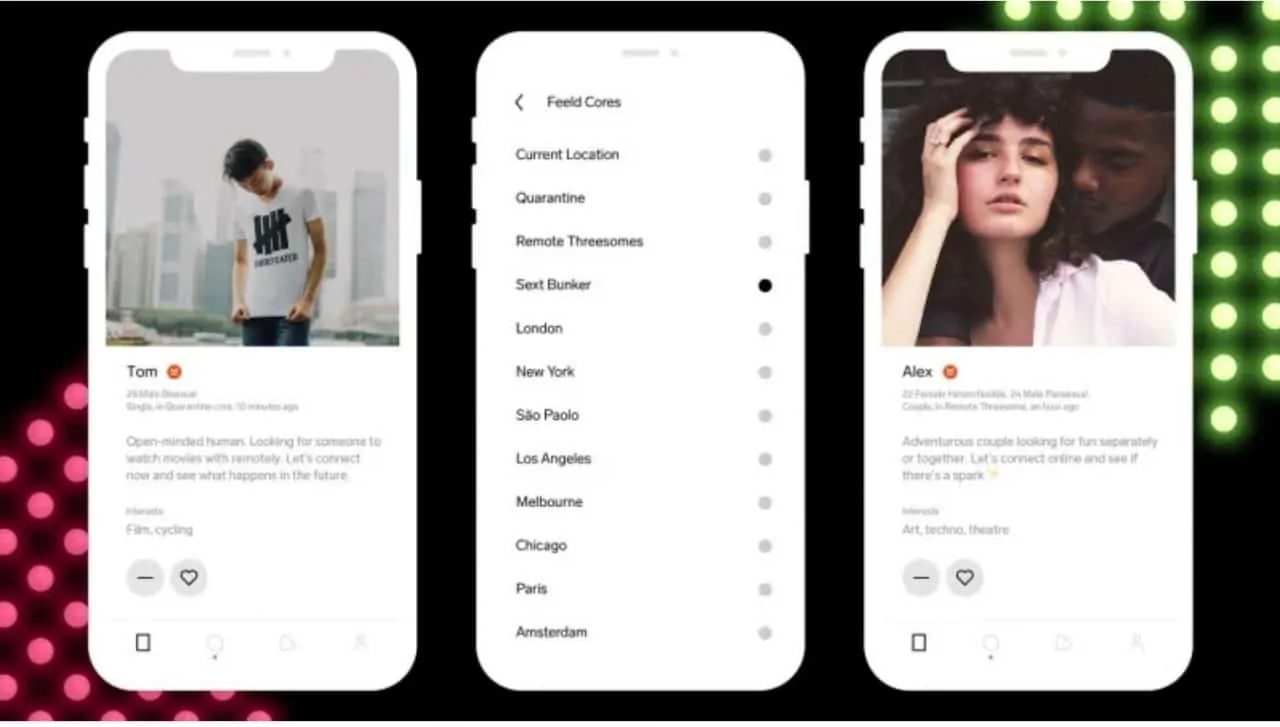
Alternative virtual communication
With Hinge, users are encouraged to interact with its Q&A formatted profiles. This makes it a less shallow experience than Tinder’s swipe-right-for-a-yes UX, potentially motivating users to have more interesting video conversations based on personality rather than looks.
While Hily also has a video call setting that can be used to arrange virtual dates, it too offers additional communication features. It has a custom list of ice-breakers that..well, help break the ice.
“We know how hard it can be to start a talk or to come up with interesting talking points with a person that you’ve never met before. However, you have to be able to start or support a great conversation for things to go further. That’s why our app is all about quality and great communication. In times of social distancing, it became even more important.”
Halyna Virt, Hily’s Head of Business Development
Poly-positive app Feeld launched distinct features for its more kink-minded singles and couples who are dating during lockdown. While its artistic collaboration Fore Play was an abstract group video orgy, from March 18 the app added Cores specifically for virtual hookups: Quarantine, Sext Bunker, Remote Threesomes.
XO is a new dating app, launched so far only on iOS (soon to be on Android) that takes gamification of dating quite literally. It has ice-breaker Magic Match Modes, where you can either play a ‘Random Game’ with someone who fits your match settings, or ‘Blind Date’, where your profiles are hidden until you finish your first game.
Whether we like it or not, virtual dating is the new norm for the time being. The choice in which apps you want to use, however, is down to whether you are committed to messaging for the foreseeable future, or up for more screen-face-time.
Just make sure you have plenty to talk about.



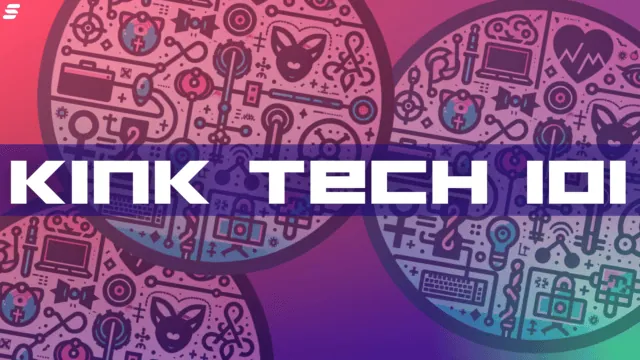
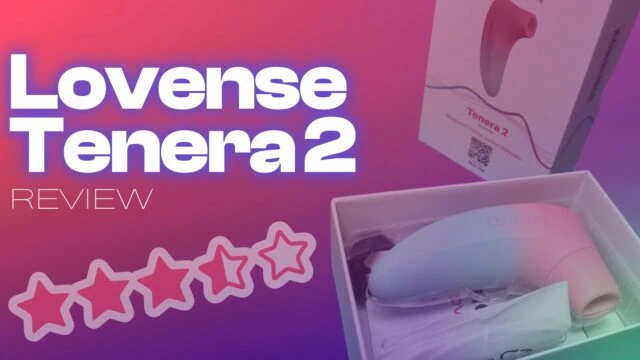



Leave a Reply